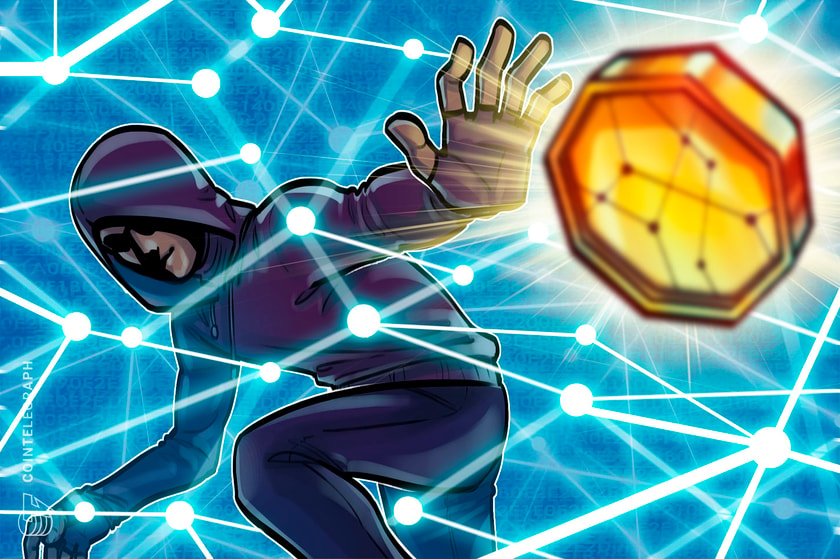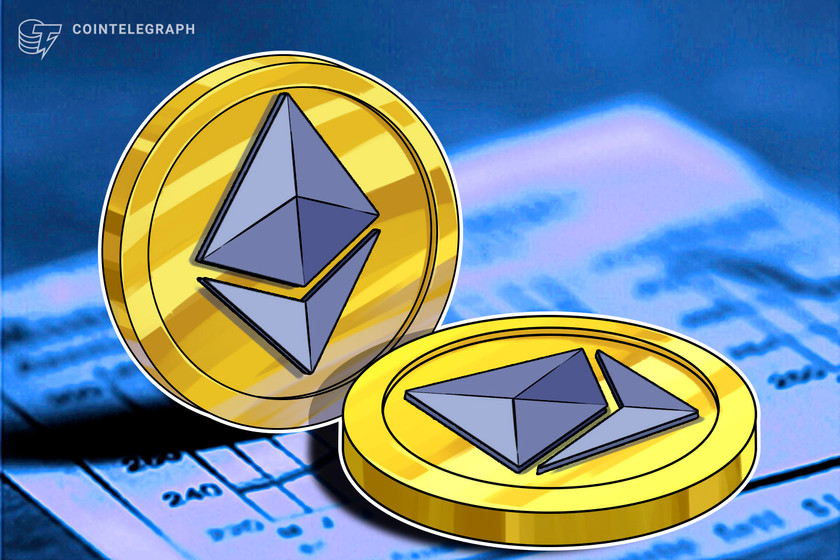Automakers are minting NFTs, but is there a strong use case?
Just before the turn of the 19th century, Carl Benz announced what is now widely considered as the world’s first commercial automobile. At the time, it would have been impossible to predict how this one product could spur the development of a multi-trillion-dollar industry over the course of the next century — but it did.
From refueling stations and maintenance garages to tech giants like Uber, the world has created countless businesses catering specifically to the concept of car ownership. This, in turn, has led to more profound innovation within the automotive space, producing an array of services that are collectively worth much more than the automobile manufacturing industry alone.
Digital ownership is taking over the web, and as the world continues to make large strides toward integrating society with technology, blockchain could be how we take value from the physical world into the metaverse. Like the Benz Patent Motor Car, blockchain-based products are creating a vast range of services that could propel the space to new heights, and with nonfungible tokens (NFT), the worlds of cars and decentralized networks are finally colliding.
Automobile manufacturers are increasingly entering the NFT space, which is projected to grow to $240 billion by the end of the decade, minting unique collectible digital tokens that are sometimes bundled with car purchases.
These aren’t small-name brands either, ranging from the collectibles at Arizona-based car auction house Barrett-Jackson and British automotive group MG Motors to luxury and sports car brands such as Mercedes-Benz and Lamborghini.
NFTs in cars getting coffee
This year, hundreds of thousands of users will get a taste of what the early metaverse will look like, connecting interoperable community-governed networks and propelling NFT projects to new heights. The metaverse fever has put NFT markets in the spotlight, and with car manufacturers seeing reduced sales owing to the ongoing pandemic, they’re looking to other avenues for growth.
As mentioned earlier, Barrett-Jackson auctioned four NFTs last year based on cars sold to raise money for charity in March: the first 2021 Ford Mustang Mach 1 (which sold for over $500,000), a 2021 two-door Ford Bronco, a first-edition 2022 GMC Hummer EV, and a 2021 Ram 1500 TRX Launch Edition. Interestingly, the NFTs didn’t come with the cars, with the bids instead competing for the digital rights to the vehicles’ sales.
Announced in April, renowned car customization and fabrication shop West Coast Customs launched its CarCoin project, offering a tiered membership program of NFT car-related art. The program, called FastLane, will also provide NFTs of experiences with A-list celebrity car enthusiasts, along with a single NFT for one lucky winner that unlocks a real cryptocurrency-themed car.
In December last year, MG Motors India announced 1,111 tokens as part of its launch collection, introducing its first NFT on its own purpose-built platform, KoineArth’s NgageN. Earlier in June, sports car manufacturer McLaren announced its goal to mint virtual versions of its F1 cars as NFTs.
Last month, Mercedes-Benz commissioned works from five NFT artists — Charlotte Taylor, Anthony Authié, Roger Kilimanjaro, Baugasm, and Antoni Tudisco — to produce a collection inspired by its G-Class line of vehicles. Mercedes, which has been particularly proactive in adopting the emerging technology, has also partnered with blockchain startup Circulor in an attempt to track its supply chain’s cobalt emissions.
Premium Italian car brand Lamborghini is also releasing its first NFT collection that’s only accessible using a “Space Key.” These rare Space Keys are carbon-fiber composites sent by Lamborghini to the International Space Station in 2019 for research purposes and will give holders access to five limited-edition pieces of art.
Car manufacturers know their audience and understand the relevance of quality pop culture specimens, which apparently include The Fast and the Furious movies. A Lykan HyperSport, used as a stunt car to fly between skyscrapers in Abu Dhabi during Furious 7, was sold along with its associated NFT on the RubiX network last May.
An NFT representing the first digital Formula 1 car in the F1 Delta Time blockchain game was sold to anonymous buyer Metakovan for $110,000 or 415 Ether (ETH) at the time. “I could have bought a real car for this,” he said during an episode of the Blockchain Gaming World podcast. With the value of ETH has grown substantially since the sale in November 2020, whether the NFT was a worthwhile investment is still up for debate.
Driving the trend
Some believe NFT sales could become much more widespread in the automobile industry, while others remain skeptical. The fundamental argument is the same as regular NFTs: Do they actually provide any value?
The GameFi sector has been pushing NFTs harder than any other blockchain-based projects, with in-game assets like rare cars emerging as a sub-trend. Proponents claim this is akin to buying a microtransaction skin in an online game but fail to mention the differing incentives. Games such as Axie Infinity have expensive barriers to entry and are played with the intention of making money — not just having a fun evening.
Apollo Green, CEO and co-founder of Web3 gaming launchpad and incubator QGlobe, told Cointelegraph that automobile NFTs can act like a “pink slip” — i.e., a car safety inspection report from an authorized entity — and could be especially useful for secondary sales of vintage cars:
“The utility for high-end luxury cars will evolve to enable scarcity through rarity traits attached to the NFT, reflecting the physical attributes of the car. When it comes to high-end cars, each is uniquely different, yet today, these details are not reflected in the pink slip.”
According to University of Toronto finance professor Andreas Park, auto NFTs could also be used to quantify the shared interest in a self-driving car. However, Guidehouse Insights principal analyst Sam Abuelsamid claimed NFTs are the latest iteration of the greater fool theory. “You’re not actually getting anything tangible and usually will have nothing that can’t be replicated,” he said.
There has been rising discourse within and outside the blockchain community about whether NFTs, at least in their current state, are actually worth buying into. Where some argue that Web3 could end the capitalist zero-sum approach to business, others point out the various flaws in current implementations, like how the most significant NFT projects tend to be incredibly centralized and cannot offer any proof of ownership outside of the token itself.
Regardless, the topic at hand has yet to evolve into its final state. The blockchain industry as a whole is still relatively nascent, and NFTs, further so, are a niche sub-industry within it. The metaverse is only in the conceptual stages, and while many are quick to pin it together with Web3, it’s still too early to know how either of them will pan out.
Web3 promises to make owners out of end-users, giving people control of the data they produce, as well as a means to monetize it. However, for this to become practical, businesses will need to significantly alter their models to ensure long-term sustainability. As the adoption of NFTs grows and companies continue to develop their models to accommodate them, the production of automobile NFTs will likely find itself on a rising growth trajectory in the years to come.









